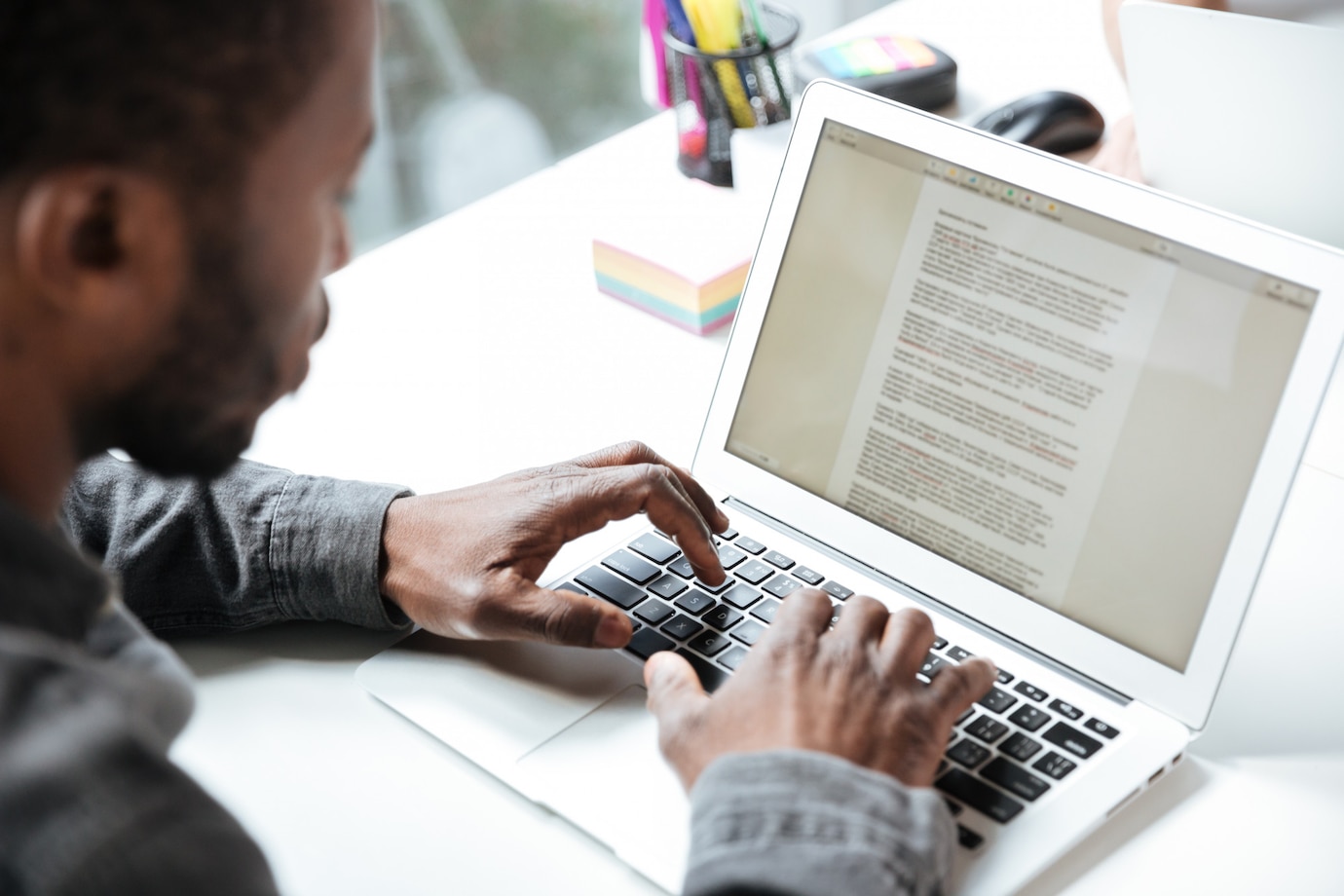
Mastering Work Routines for Freelance Efficiency
Working freelance offers unmatched flexibility—but with that freedom comes the challenge of creating your own structure. Without a boss or fixed hours, it’s easy to drift through the day, distracted and disorganised. That’s why mastering your daily routine is one of the most powerful steps you can take toward consistent success.
In this guide, we explore how to design a freelancer workflow that enhances focus, keeps projects on track, and fuels long-term productivity.
Why Freelancers Need Structure

Structure doesn’t limit your freedom—it amplifies it. By building smart habits into your day, you can:
- Reduce procrastination
- Avoid burnout
- Meet deadlines without last-minute scrambles
- Make room for rest, creativity, and self-development
Establishing routines doesn’t mean replicating a 9-to-5 job—it means shaping your workday around what supports your best performance.
Designing Your Ideal Daily Routine
Understand Your Natural Rhythms
Are you most focused in the morning or do you hit your stride in the evening? Start by identifying when you’re naturally alert and productive. Tailor your daily routine around these peak periods for high-focus work.
Divide Your Day Into Phases
A well-paced freelance workday might include:
- Morning Focus Block: Deep, creative work like writing, designing, or coding
- Midday Admin Session: Emails, meetings, invoicing, or scheduling
- Afternoon Wrap-Up: Lighter tasks, edits, or research
Creating mental boundaries between types of tasks prevents multitasking fatigue and boosts overall productivity.
Use a Consistent Start Time
While you don’t need to clock in at 9 sharp, starting work at roughly the same time each day conditions your brain to enter “work mode.” Even a simple start-up ritual—like making coffee, reviewing your planner, or checking your calendar—can make a big difference.
Building an Effective Freelancer Workflow
Plan Weekly, Review Daily

Successful freelancers zoom out and zoom in. Start the week by setting clear goals, then break them into daily tasks each morning.
Tools to Try:
- Notion or Trello for planning and task management
- Google Calendar for scheduling time blocks
- Pen-and-paper planners for a tactile option
A simple 10-minute review at the end of each day helps you reflect on what worked, what didn’t, and what’s next.
Prioritise with Purpose
Instead of just reacting to emails and deadlines, build your freelancer workflow around high-impact tasks. Try the Eisenhower Matrix or Ivy Lee Method to focus on what truly moves your business forward.
Ask:
- What’s urgent vs. important?
- What’s the one thing that, if done today, will make the rest easier?
Time Blocking and Themed Days
Time blocking allocates chunks of your day to specific tasks. For example:
- 9:00–11:00: Client project work
- 11:00–12:00: Admin and comms
- 2:00–3:30: Personal project or business development
Themed days can also be helpful:
- Monday: Planning and outreach
- Tuesday: Thursday: Client work
- Friday: Content creation and financial tasks
This structure adds predictability to your freelancer workflow, making it easier to stay on top of everything without burnout.
Tools and Techniques for Staying Productive
Use the Pomodoro Technique
Work for 25 minutes, take a 5-minute break. After four rounds, take a longer break. This technique helps maintain focus while preventing mental fatigue—ideal for solo freelancers who lack built-in workday breaks.
Minimise Distractions
Create a workspace that supports concentration. That could mean:
- Using site blockers (like Cold Turkey or Freedom)
- Silencing notifications
- Putting your phone in another room
- Keeping your workspace tidy
Even simple tweaks like good lighting or noise-cancelling headphones can dramatically improve focus.
Automate and Batch Tasks
Batching similar tasks together reduces mental switching costs. For example:
- Respond to emails in one session instead of throughout the day
- Schedule social media posts for the week all at once
- Process invoices on a set day each month
Automating repetitive tasks with tools like Zapier or QuickBooks frees up more time for billable or creative work.
Protecting Your Time and Energy
Set Clear Boundaries

Freelancing often blurs the lines between personal and professional life. Protect your time by:
- Defining work hours and sticking to them
- Using “Do Not Disturb” modes during focus blocks
- Letting clients know your availability in advance
Your daily routine should leave room for rest, hobbies, and relationships—otherwise, burnout is inevitable.
Schedule Downtime
Productivity isn’t just about output—it’s also about recovery. Schedule regular breaks, full days off, and proper holidays. Think of rest as a tool for sharpening your creative edge, not a reward to be earned.
Track What Works (and What Doesn’t)
Your routine should evolve with you. Regularly assess:
- What time of day you’re most productive
- Which tasks drain you vs. energise you
- How long do different types of work actually take
Use this insight to adjust your freelancer workflow as your business grows.
Final Thoughts: Routines as a Freelance Superpower
Mastering your work routines isn’t about rigid schedules or productivity hacks—it’s about creating a rhythm that supports your goals, wellbeing, and creative output. A strong daily routine gives you clarity, reduces overwhelm, and helps you show up consistently—without relying on sheer willpower.
In the world of freelancing, routine is your secret weapon. Use it wisely, and you’ll find more time, more focus, and more freedom than ever before.


